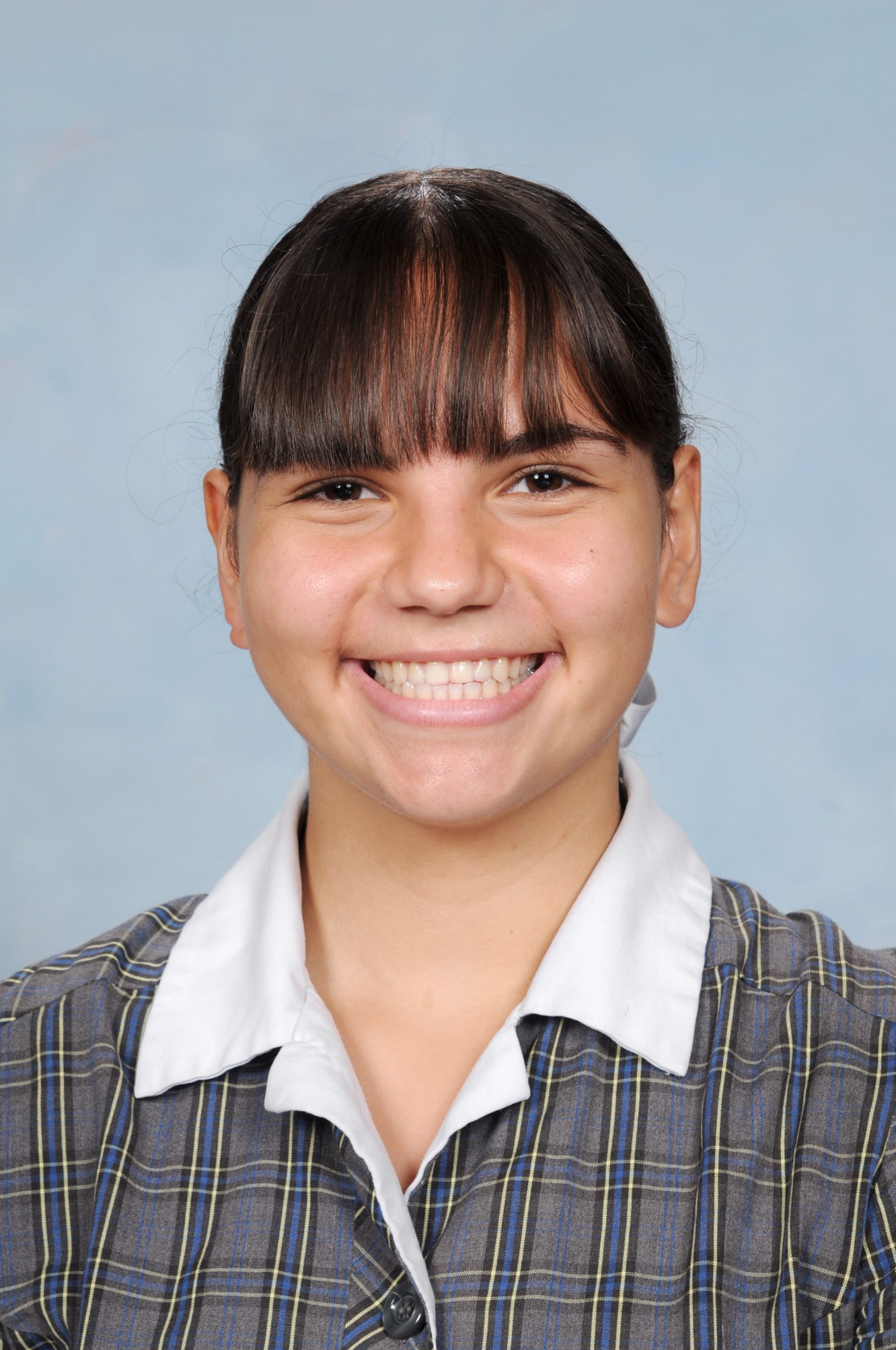Posted by Kambala
As I look upon the horizon and watch the sun slowly set; as I’m drawing shapes in the sand, my nan begins to talk about my great grandfather. She talks about the complex fabric of his life at the Roper River Mission, his building of St Andrew’s Anglican Church and his Anindilyakwa language. She also talks about when he was taken to the unknown land, disorientated, isolated. Abandoned. How he could hear his mother screaming, begging, despairing, as the missionaries stole her children. Ripped them away from her. Away from their land.
When my great grandfather was sent to the Emerald River Mission on Groote Eylandt, he arrived in an unknown place. A place where they spoke to him in an incomprehensible language of guilt, redemption, and salvation. My great grandfather’s displacement led to my family’s displacement. Then my displacement.
His story is the ghost that follows us around. My family is not recognised as a people. We are Wrong Skin. We are displaced. We are Mara people on Warnindhilyagwa land.
In 2020, I’m in Year 12 at a boarding school in Sydney seeking to take advantage of the opportunities that my family would have never dreamed of. Rewrite a story where it has always been white versus black; white, the winning majority. Black, the uneducated loser.
While it is hard being away from my community, coming to Kambala is helping me to discover the persistent need for change. Not only for me, but the future generations of Aboriginal people – to create a world of multicolour fabric, not just black and white.
Moving to a big city like Sydney has not always been easy. People lack the understanding about the complexities of our displaced heritage. Every year my school dedicates one assembly to the celebration and recognition of my people. A chance for others to ‘discover’ the past and work towards a future where non-Indigenous and Indigenous people can be a part of an inclusive community. However, it is somehow during these times that I am reminded of how sporadic this recognition is and how little people understand about the ramifications of the ironically titled Aborigines Protection Act 1909-1969.
You see, I am caught between two worlds and in both, I am displaced.
While our culture is all about making connections and ties to the land, within the country that I grew up in I feel displaced. At home, I am an outsider looking in. But it isn’t just me. My whole family is affected by this. People think that culture is closely related to your skin colour, and at home my family and I are not dark enough. We are referred to as ‘half-caste’. This hurts. It hurts because it is a derogatory term used during the stolen generations.
So, I begin this dialogue…
A dialogue that tells of always being taught to be proud of my culture and Aboriginality.
A dialogue that speaks of my great grandfather whose ghost remains a big influence. Even though he was a part of the Stolen Generation he created his own identity that embraced the displacement.
A dialogue about growing up on Groote Eylandt and how there has always something missing.
A dialogue that speaks to our ongoing connection to place and people.
As I look upon the horizon and watch the sun slowly set, I don’t see black and white. As my nan begins to talk about my great grandfather, I’m drawing shapes in the sand.
About the Author

Kiara Sutton is a Year 12 boarding student at Kambala.
Located in Sydney’s eastern suburbs, Kambala is a vibrant day and boarding school for girls up to 18 years of age. Kambala strives to educate and empower Indigenous girls so they can go on to make a strong and positive contribution to their family, community and nation as citizens and leaders. Learn more about Kambala’s Indigenous Program.